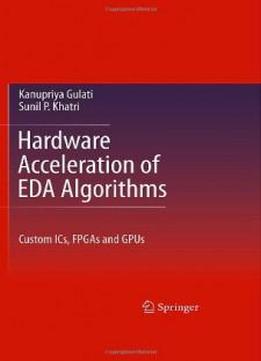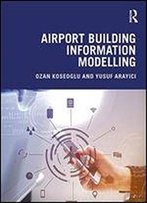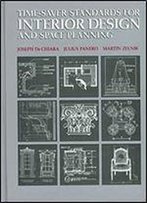
Hardware Acceleration Of Eda Algorithms: Custom Ics, Fpgas And Gpus
by Sunil P Khatri /
2010 / English / PDF
4 MB Download
This book deals with the acceleration of EDA algorithms using hardware platforms such as FPGAs and GPUs. Widely applied CAD algorithms are evaluated and compared for potential acceleration on FPGAs and GPUs. Coverage includes discussion of conditions under which it is preferable to use one platform over another, e.g., when an EDA problem has a high degree of data parallelism, the GPU is typically the preferred platform, whereas when the problem has more control, an FPGA may be preferred. Results are presented for the acceleration of several CAD algorithms (fault simulation, fault table generation, model card evaluation in SPICE, Monte Carlo statistical static timing analysis), demonstrating speedups from 30X to 800X. This book serves as a valuable guide on how best to leverage parallelism to accelerate CAD algorithms. It also presents a methodology to extract automatically SIMD parallelism from regular uniprocessor code. With this approach, uniprocessor code can automatically be converted to GPU code, allowing for significant acceleration. This approach is particularly useful, since different GPUs have vastly different specifications, making the manual generation of GPU code an unscalable proposition.
This book deals with the acceleration of EDA algorithms using hardware platforms such as FPGAs and GPUs. Widely applied CAD algorithms are evaluated and compared for potential acceleration on FPGAs and GPUs. Coverage includes discussion of conditions under which it is preferable to use one platform over another, e.g., when an EDA problem has a high degree of data parallelism, the GPU is typically the preferred platform, whereas when the problem has more control, an FPGA may be preferred. Results are presented for the acceleration of several CAD algorithms (fault simulation, fault table generation, model card evaluation in SPICE, Monte Carlo statistical static timing analysis), demonstrating speedups from 30X to 800X. This book serves as a valuable guide on how best to leverage parallelism to accelerate CAD algorithms. It also presents a methodology to extract automatically SIMD parallelism from regular uniprocessor code. With this approach, uniprocessor code can automatically be converted to GPU code, allowing for significant acceleration. This approach is particularly useful, since different GPUs have vastly different specifications, making the manual generation of GPU code an unscalable proposition.











